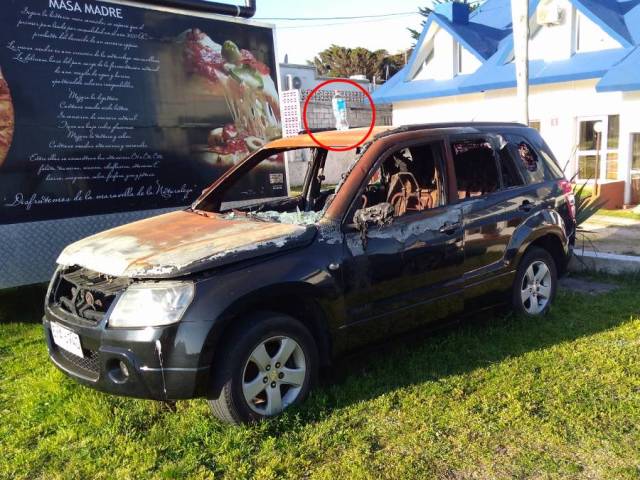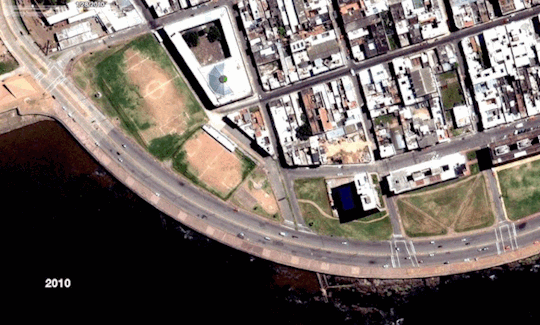
In Uruguay, a bottle (or traffic cone) on top of a car indicates it’s for sale.
In this case, the contents of the bottle – and much more of the same – might have better served the owner beforehand.
An inquisitive old fart with a camera

In Uruguay, a bottle (or traffic cone) on top of a car indicates it’s for sale.
In this case, the contents of the bottle – and much more of the same – might have better served the owner beforehand.

This is the most ridiculous vehicle I have seen in … in … maybe ever.


I don’t think the Simca we saw parked in the woods today is en route to restoration. This model was the best-selling car in France in 1956.
_____
Simca (Société Industrielle de Mécanique et Carrosserie Automobile; Mechanical and Automotive Body Manufacturing Company) was a French automaker, founded in November 1934 by Fiat and directed from July 1935 to May 1963 by Italian Henri Pigozzi. Simca was affiliated with Fiat and, after Simca bought Ford’s French activities, became increasingly controlled by the Chrysler Group. In 1970, Simca became a subsidiary and brand of Chrysler Europe, ending its period as an independent company. Simca disappeared in 1978, when Chrysler divested its European operations to another French automaker, PSA Peugeot Citroën. PSA replaced the Simca brand with Talbot after a short period when some models were badged as Simca-Talbots.
During most of its post-war activity, Simca was one of the biggest automobile manufacturers in France. The Simca 1100 was for some time the best-selling car in France, while the Simca 1307 and Simca Horizon won the coveted European Car of the Year title in 1976 and 1978, respectively—these models were badge engineered as products of other marques in some countries. For instance the Simca 1307 was sold in Britain as the Chrysler Alpine, and the Horizon was also sold under the Chrysler brand.
Simca vehicles were also manufactured by Simca do Brasil in São Bernardo do Campo, Brazil, and Barreiros (another Chrysler subsidiary) in Spain. They were also assembled in Australia, Chile, Colombia and the Netherlands during the Chrysler era. In Argentina, Simca had a small partnership with Metalmecánica SAIC (better known as de Carlo) for the production of the Simca Ariane in 1965.

The other day I went towards Montevideo and saw two cars I’ve never seen before, despite driving by them dozens of times on the highway.

At least I assume I have, since they don’t look like they were put there recently.

Then this gem. The traffic cone (or a plastic bottle) on the roof means it’s for sale. I was tempted not at all to ask the price they’re asking, but I’m sure it’s ridiculous.

Deutschland, Deutschland über alles

Welcome to Uruguay.



I’ve never seen a lineup of campers/motor homes like this before. From Montevideo and Treinta y Tres in Uruguay, Brazil, Argentina, and the sole assault vehicle of course from Germany.
The older guy in the middle photo told me to expect many more tomorrow. Stay tuned….


